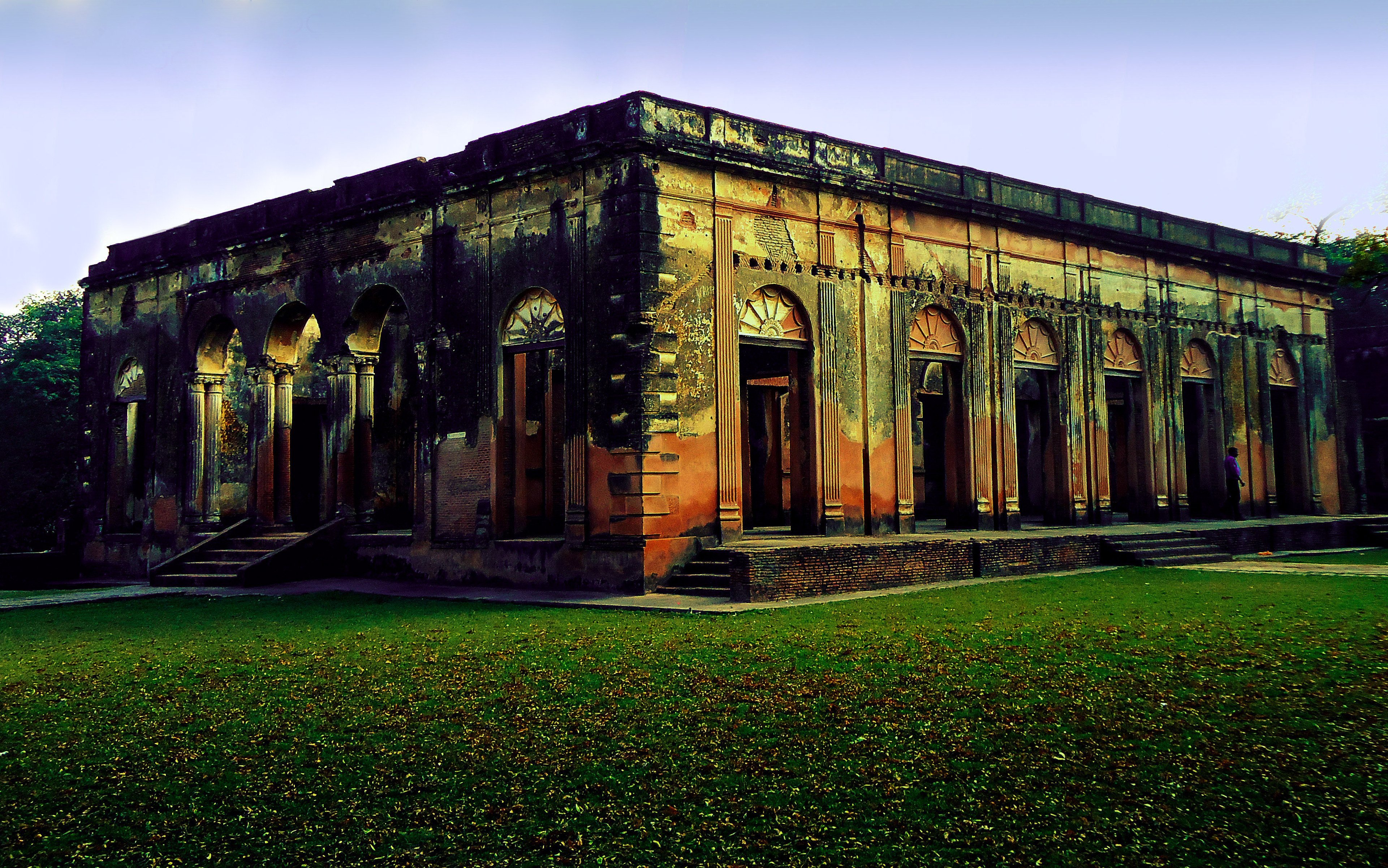Lucknow is the capital city of the state of Uttar Pradesh, India. The historic town is famous for its heritage buildings, haunted structures, etc. The city was the seat of power of Nawabs during the 18th and 19th centuries.

Ruins of the British Residency Complex at Lucknow, the residence for the British Resident General and site of the 1857 Revolt against the British.
Lucknow city is situated on the north-western banks of the Gomti River. From 1350, this historic city was controlled by Nawabs of the Delhi Sultanate. From 1394 to 1478, the Sharqi Sultanate of Jaunpur captured this city. Mughals made it part of their sultanate in around 1555. Later on, it came under the control of Nawabs of Awadh.
In 1856, the city was taken over by the British East India Company and transferred to the British administration in the following year. This city was a major city during the 1857 revolt against the British.
After the Nawabs of Awadh made Lucknow the capital, the Nawabs came to be known as Nawabs of Lucknow. Nawabs were semi-autonomous Muslim rulers for the princely states under the Mughal Emperors.
Bara Imambara (large Imambara) is a massive imambara (hall for Muslim Shia commemoration ceremonies), built in 1784 by the Nawab of Awadh. It is also called Asafi Imambara. This historic mosque is the grandest building and the main tourist attraction in the city. Chota Imambara is another tourist attraction here. It was built by the same Nawab, Muhammad Ali Shah in 1838, as the mausoleum for himself and his mother.
Rumi Darwaza is a 60-foot-high Gateway in Lucknow, built in 1784 by Asaf-ud-Daula, Nawab of Awadh. It is also called the Turkish Gate, as it was modeled after the Sublime Porte alias Ottoman Porte or High Porte (Bab-iHümayun) in Istanbul, Turkey. It is situated next to Asafi Imambara or Bara Imambara.
The Remains of Residency Complex, or the Residency or the British Residency, at Lucknow, is another tourist attraction. It was the site of the 1857 Revolt against the British by the Indians. Located near the High Court Building, this historic place witnessed the ‘Siege of Lucknow’, the Indian Revolution of 1857 by Indians against the British. Cannon shots on the building walls can still be seen.
Husainabad Clock Tower, a replica of the BIGBEN clock tower of London and the tallest clock tower in India, is situated in this city. It was constructed by Nawab Nasir-ud-din in 1881.
Hazratganj is the main shopping area in the city. It’s also a tourist destination. There are many other historic buildings in the town.
There are many haunted structures at this historic place. OEL House, Sikandar Bagh, Railway Quarters, Balrampur Hospital, Nirala Nagar, etc, are to name a few of these.
How Do I Go to Lucknow?
This city is well connected by roads to other parts of the country. There are 14 railway stations in the city. Lucknow Railway Station at Charbagh and neighboring Lucknow Junction railway station are the two major railway stations here. There is also an international airport in the city.

